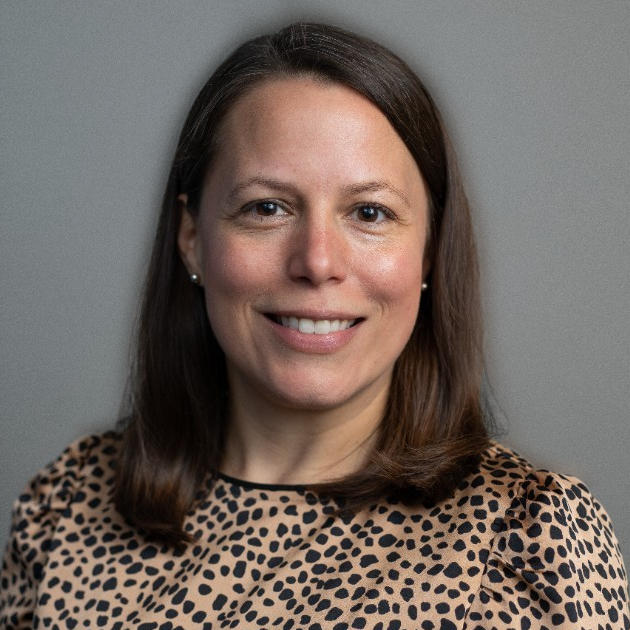
In the world of Agile project management, Scrum is one of the most important tools that companies use to keep complex projects on track, on target, and on budget. It was originally created for the quick life cycle of software development and has since become a standard discipline for effectively managing all types of projects. While there are many roles within a scrum team, the three pillars are the Product Owner, Scrum Master, and the Development Team.
Scrum Product Owner
The Product Owner role is analogous to a CEO: they set the vision for a particular product or project and then work with the Scrum Master and Development Team to implement it. The Product Owner represents the business needs and analyzes the project to ensure it aligns with the organizational goals.
Often, a Product Owner and Project Manager are thought to be similar, but a Product Owner only cares about their individual product. They strive to pull as much value from the development team as they can to further meet the product goals. Product Owners also maintain the formal documentation and create the technical debt documentation for the development team to work from.
The Scrum Master
The Scrum Master is the intermediary between the Product Owner and the Development Team. Without them, Product Owners could run the risk of burning out the development team. Scrum Masters provide a good balance between productivity and efficiencies.
Scrum Masters have extensive training in the Scrum methodology and are very focused on controlling the project creep and keeping the development team and Product Owner within the agreed scope of the project. They also work with the Product Owner to prioritize the technical backlog as part of the development team's sprint focus.
The Development Team
The Development Team is a self-organizing group dedicated to delivering a potentially releasable increment of product at the end of each sprint. It includes developers, testers, and architects responsible for the heavy lifting of the product development. Most members of the team are multi-skilled to ensure that they can help each other out. Although the goals of the Development team are defined during the Scrum meetings at the beginning of each sprint, the responsibilities of each member are pretty autonomous.
Each member of the Development Team is responsible for breaking down their individual tasks and providing time and cost estimates for reporting at the daily Scrum meetings. Overall, the Development Team is responsible for delivering on the quality and deadline for the project variables that are defined by the Product Owner and managed by the Scrum Master.
Communication between the Scrum Master and the Development Team is extremely fluid, and it's important to have daily stand-up sessions with the team. The Scrum Master and Product Owner usually meet on a weekly basis unless the team encounters issues or if the product is nearing launch. At that point, the Product Owner and Scrum Master usually meet daily.
Scrum has proven to be a very effective tool in bringing products and projects to completion in a business focused manner. Scrum requires open communication, realistic commitments to deliverables, and the ability to stay within the scope to be successful. An awareness of the key roles and responsibilities on a Scrum Team is the first step in getting started with the scrum methodology.


